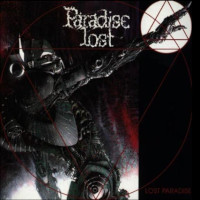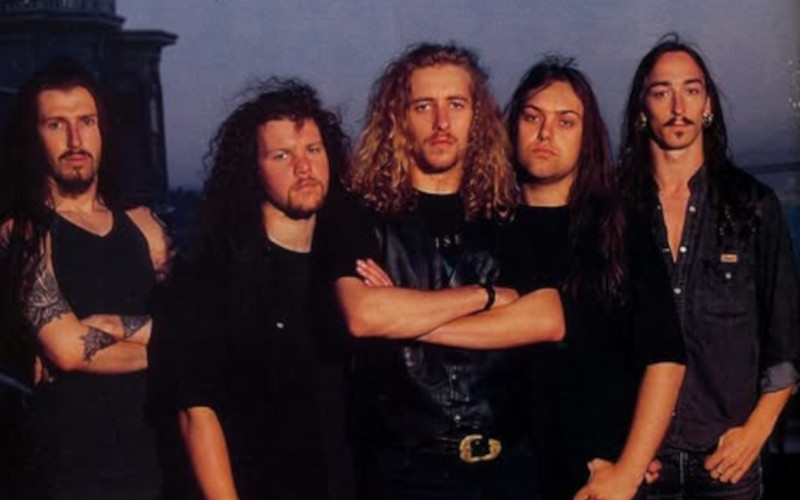In the late 1980s, as the heavy metal landscape was dominated by thrash and death metal, a group of teenagers from Halifax, West Yorkshire, England, formed a band that would reshape the genre. That band was Paradise Lost. Widely credited as the pioneers of gothic metal, Paradise Lost blended death-doom with melancholy melodies, creating a dark, emotional sound that influenced generations of metal artists.
Formation and Influences
Paradise Lost was formed in 1988 by Nick Holmes (vocals), Greg Mackintosh (lead guitar), Aaron Aedy (rhythm guitar), Steve Edmondson (bass), and Matthew Archer (drums). Influenced by early death metal and doom legends like Celtic Frost, Trouble, and Candlemass, as well as goth acts like Dead Can Dance, the band forged a unique blend of styles.
Early Recordings and Lost Paradise (1990)
After releasing early demos like Frozen Illusion in 1989, Paradise Lost signed with Peaceville Records. In 1990, they released their debut full-length album, Lost Paradise. With guttural growls, crushing riffs, and bleak lyrical themes, the album is a cornerstone of death doom metal. Though raw, it hinted at their future innovation. The other thing that made them stand out at the time from other death metal bands is the fact they weren’t afraid to play slowly. Something that really opened up the genre at a time when everyone was trying to be the most extreme.

|
For a more complete review of Paradise Lost’s album Lost Paradise be sure to read our review here |
Gothic (1991): The Birth of Gothic Metal
Their 1991 album Gothic was a game-changer. It introduced haunting keyboards, melancholic guitar leads, and ethereal female vocals, notably diverging from death metal conventions. Gothic is widely considered the first true gothic metal album, and its influence can be felt in bands like Tiamat, Moonspell, and Type O Negative.
Refinement with Shades of God (1992)
Paradise Lost continued to evolve with 1992’s Shades of God. While still heavy, the album featured cleaner vocals and more structured songwriting. The standout track “As I Die” became a fan favorite and introduced the band to a wider audience. This album marked a bridge between their death-doom origins and gothic sound.
Icon (1993): Growing Popularity
In 1993, the release of Icon pushed Paradise Lost into broader recognition. Vocalist Nick Holmes adopted a mostly clean vocal style, and the band leaned into melodic gothic rock influences. Songs like “Embers Fire” and “True Belief” showcased their mature songwriting. Icon brought critical and commercial success, setting the stage for their mainstream breakthrough.
Draconian Times (1995): The Peak of the Early Era
Though technically outside the early era, 1995’s Draconian Times deserves mention as the culmination of the band’s early development. Blending emotion, melody, and accessibility, tracks like “The Last Time” and “Forever Failure” brought international success and cemented Paradise Lost’s place in metal history.
Legacy of Paradise Lost’s Early Years
Paradise Lost’s early history is a journey of fearless innovation. From the crushing doom of Lost Paradise to the genre-defining beauty of Gothic, and the polished songwriting of Icon, their work laid the foundation for gothic metal as we know it.
Their influence spans decades and genres, inspiring acts across doom, goth, and even industrial metal. Paradise Lost didn’t just follow trends—they created one, and their early albums remain essential listening for anyone interested in the evolution of heavy music.
